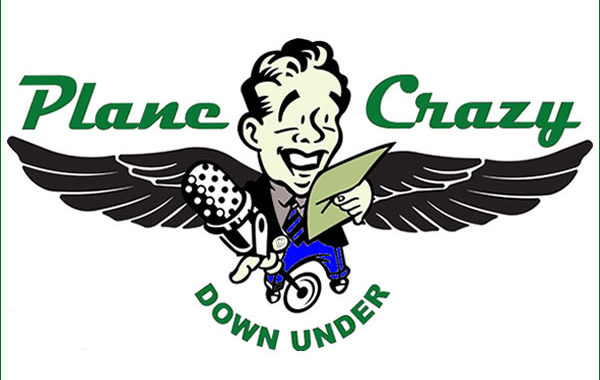While the technology behind ADS-B is nothing new, it is becoming the centerpiece of modern Air Traffic Management systems around the world. Unfortunately, CASA is once again taking a global concept and creating an entirely unique Australian implementation of it.
According to CASA’s Discussion Paper (DP) 1006AS
Proposed Strategy and Regulatory Plan in support of the Australian Government’s Aviation White Paper, any aircraft added to the Australian register after 2013 must have an ADS-B out compliant Mode-S Transponder on board. This means large added costs for no real benefit beyond that already provided by Mode-C and Mode-S transponders.
This is creating no small level of concern in the aviation communities, including RA-Aus, ballooning and others, as can be seen from a recent discussion about DP 1006AS on the Recreational Flying site. Even the airlines who were pushing for ADS-B to improve safety at regional airports are now realising that the costs are huge (it’s not a simple upgrade of their avionics) and the benefits are minor.
With all this in mind, Bas & Grant chat with Bill Hamilton, past president & technical director of the Australian Aircraft Owners & Pilots Association (AOPA). While Bill can appreciate ADS-B’s history and benefits, he doesn’t hold back when it comes to CASA’s attempt at creating yet another uniquely Australian implementation. We discuss the differences between the US, European and Australian implementation plans, the costs associated with our version and the lack of real benefit CASA’s proposal will provide.
As the title of CASA’s Discussion Paper shows, the proposal is implementing an aspect of the Australian Government’s Aviation White Paper. If, like many, you are concerned about the costs being applied to the aviation industry for little real benefit, it is important to respond to the DP by November 30th. It is also vital that Australian aviators write to their elected representatives, members of the opposition and their aviation organisations (eg: AOPA, RA-Aus, ABF, etc) to ensure politicians are aware that the proposed solution will cause more harm than good.
You can easily find who is representing you at the Australian Government’s “Who’s Who” page. You can also find a great guide to writing effective letters to politicians over on the Crikey website.
Don’t assume others will sort this one out for you. Don’t take the classic Australian “She’ll be right” approach. Get out there and tell CASA, the politicians and your aviation group what you think, otherwise the safe skies will be achieved thanks to the removal of any non-airline aircraft.
